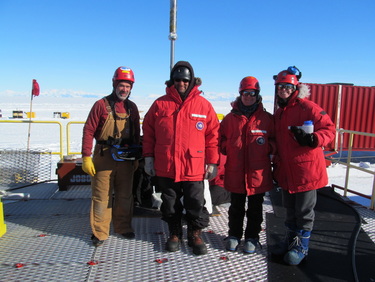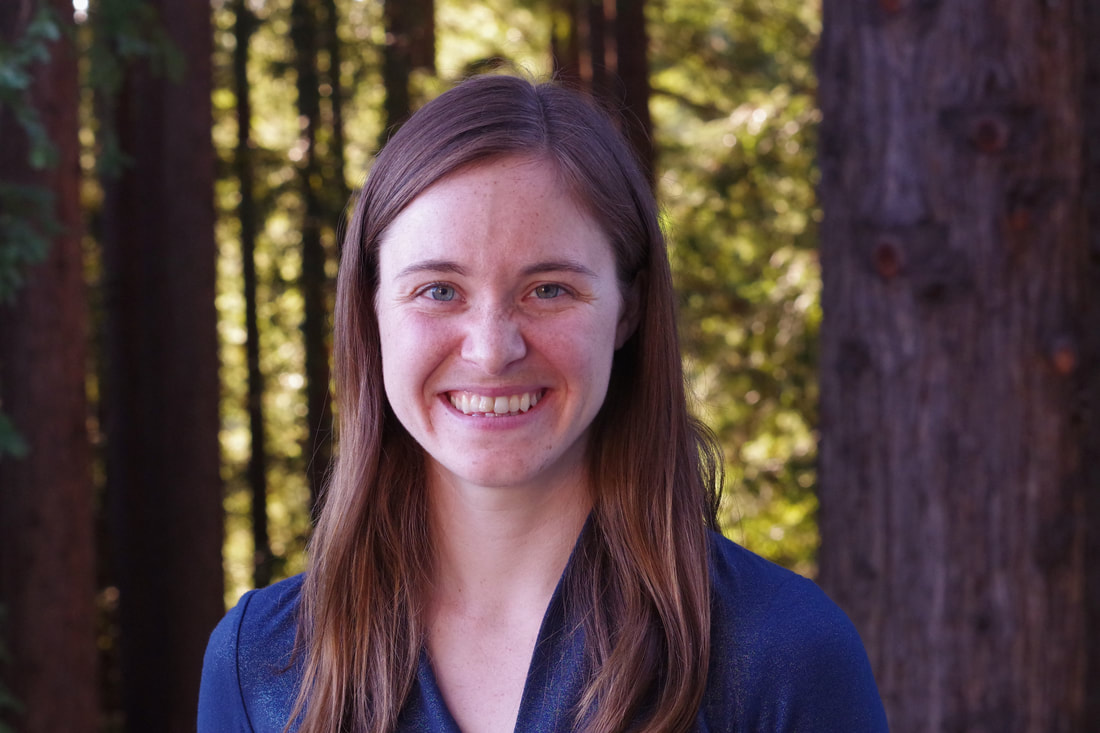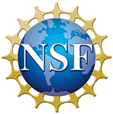|
The goal of my research is to advance our understanding of the physical processes that control how ice sheets respond to climate change. As a Chick Keller Postdoctoral Fellow at Los Alamos National Laboratory, I am developing computational models to understand ocean-driven ice shelf melting. For my Ph.D. at University of California Santa Cruz, I studied the conditions at the base of the Antarctic Ice Sheet that determine the rate of melting using novel data I collected as part of the WISSARD team. We observed ocean conditions and measured geothermal heat flux below the largest ice shelf in Antarctica, the Ross Ice Shelf. Other projects of mine address how glacial ice loss affects the frequency of volcanic eruptions and the effect of tides on ice-ocean interactions.
|
What is the role of ice in our climate system?
Ice sheets today hold an immense amount of water, enough to raise global sea level about 65 meters. Human-induced climate changes have triggered accelerated sea level rise and raised questions about how much ice sheets will contribute to sea level rise in the coming decades. In the past, loss of glacial ice has also altered circulation in the ocean, causing wide-range climatic changes.
My work focuses on the melting of ice sheets from below. In some locations, the base of the ice is in contact with rock; in others, the ocean. I study the transfer of heat at those interfaces through novel data I collected with the help of my colleagues on the WISSARD team.
Ice may also play an important role in the climate system by changing the frequency of volcanic eruptions. This has climate implications because volcanoes cause short-term cooling by injecting ash and dust into the atmosphere, and it has societal relevance because glaciovolcanic eruptions can present hazards and disrupt air traffic. I analyze geologic data and run computational models in order to determine how volcanic activity is influenced by glacial loads.
My work focuses on the melting of ice sheets from below. In some locations, the base of the ice is in contact with rock; in others, the ocean. I study the transfer of heat at those interfaces through novel data I collected with the help of my colleagues on the WISSARD team.
Ice may also play an important role in the climate system by changing the frequency of volcanic eruptions. This has climate implications because volcanoes cause short-term cooling by injecting ash and dust into the atmosphere, and it has societal relevance because glaciovolcanic eruptions can present hazards and disrupt air traffic. I analyze geologic data and run computational models in order to determine how volcanic activity is influenced by glacial loads.
|
Our lab's blog |
Fieldwork
|
Whillans Ice Stream Subglacial Access Research Drilling (WISSARD) 2013-2015
A multi-institution research project to drill into a subglacial lake and sub-ice shelf ocean water to investigate life in these dark, cold environments, to assess geologic conditions related to ice flow, and to study ocean conditions near the grounding zone. Check out my findings related to geothermal heat flow and vertical oceanic heat flow. Englacial and subglacial hydrology in Iceland 2013 In order to investigate the flow of subglacial water, the UCSC glaciology group utilizes passive seismics and ground penetrating radar on Breidamerkurjokull, Vatnajokull. For more, see past projects. |

Members of the WISSARD team at the drill site in Antarctica. I'm on the far right.
|
|
Contact me: [email protected]
|
Download my CV:
| ||||||



